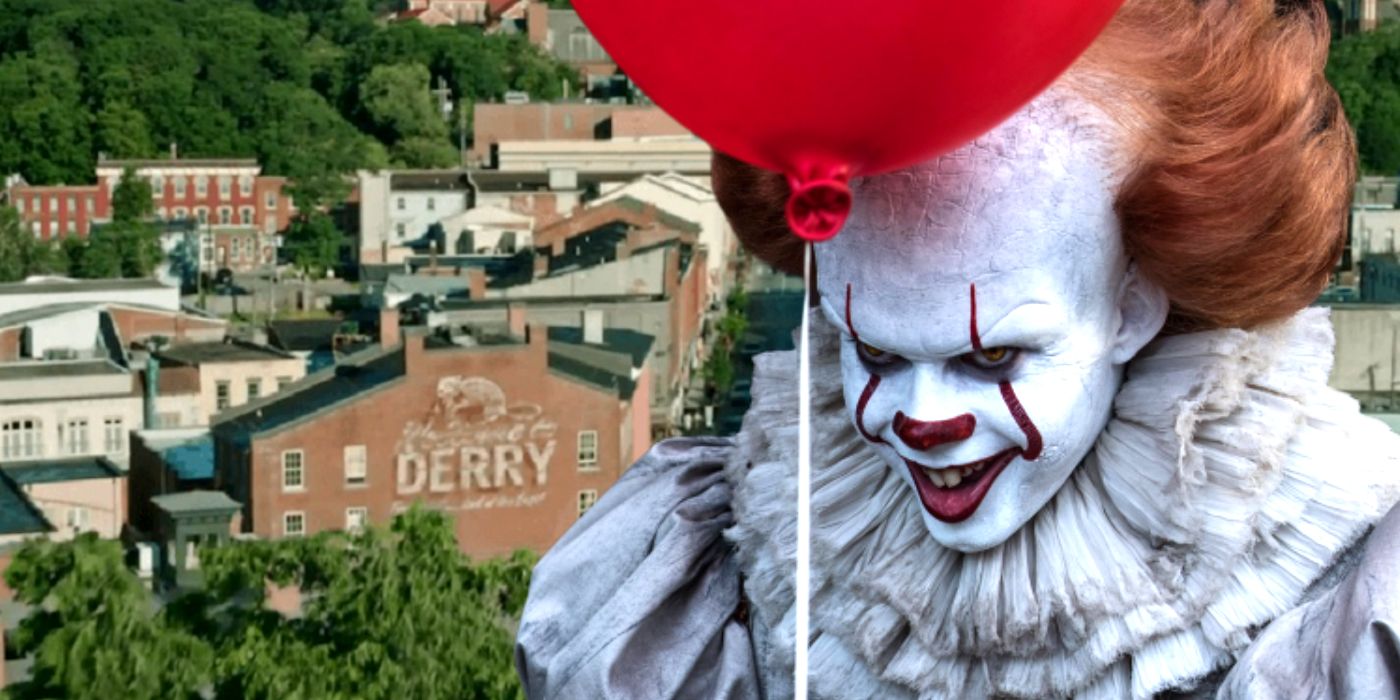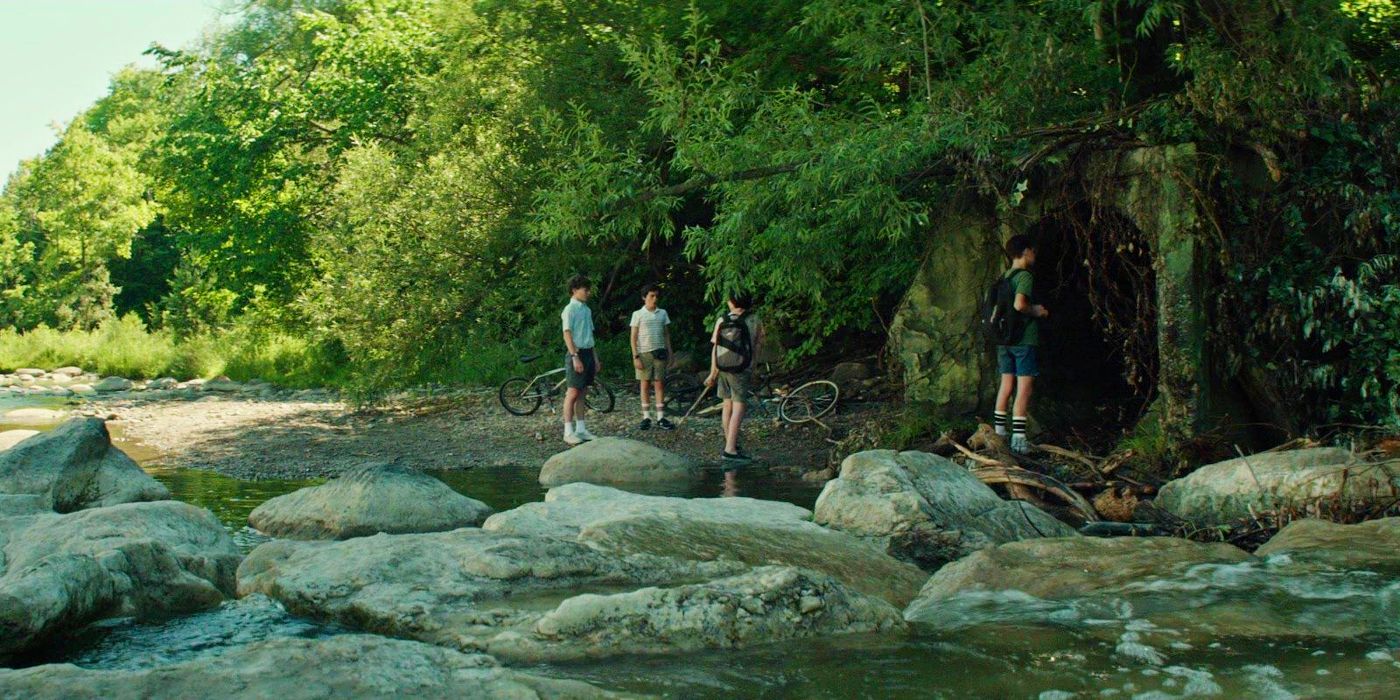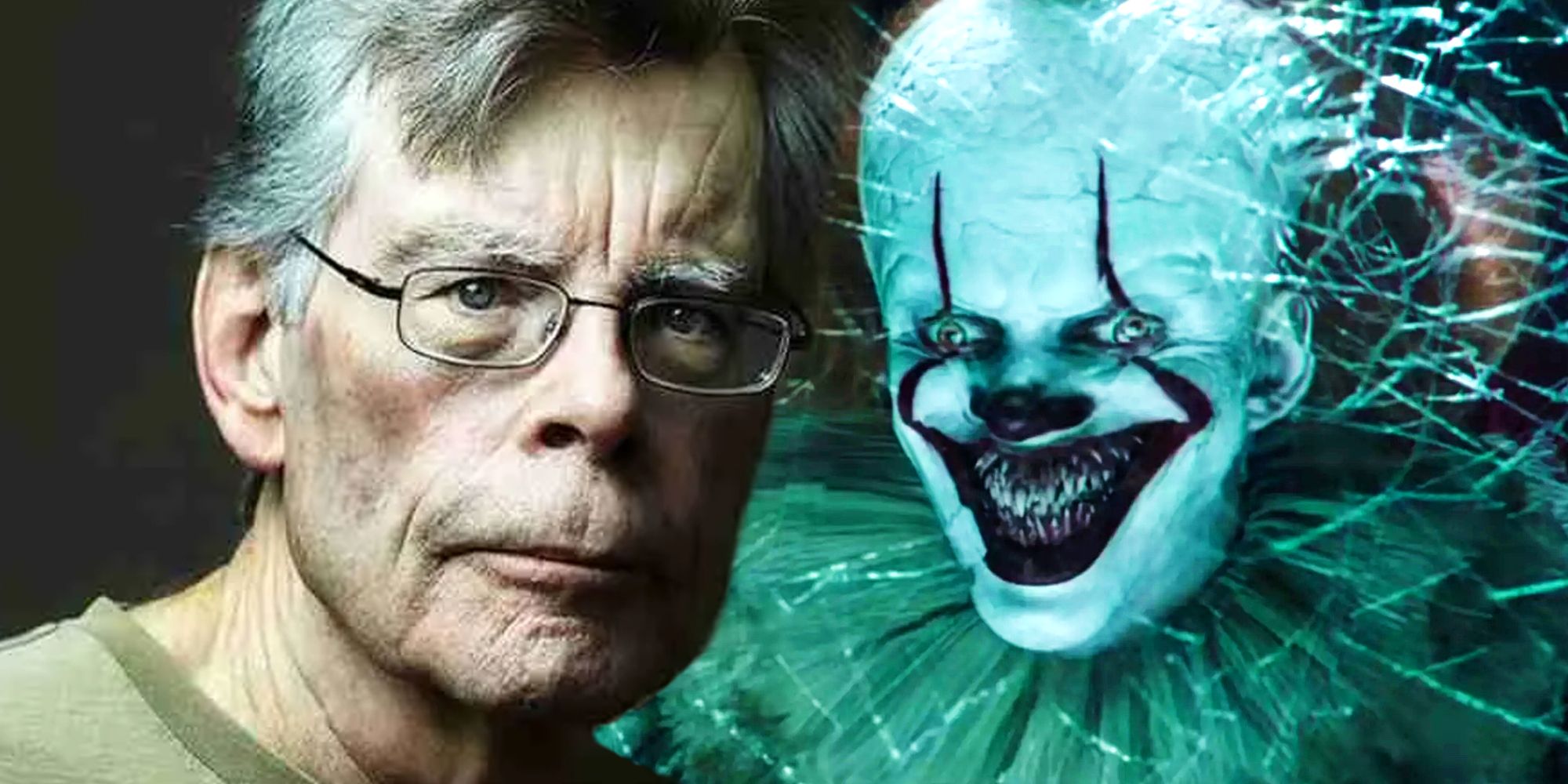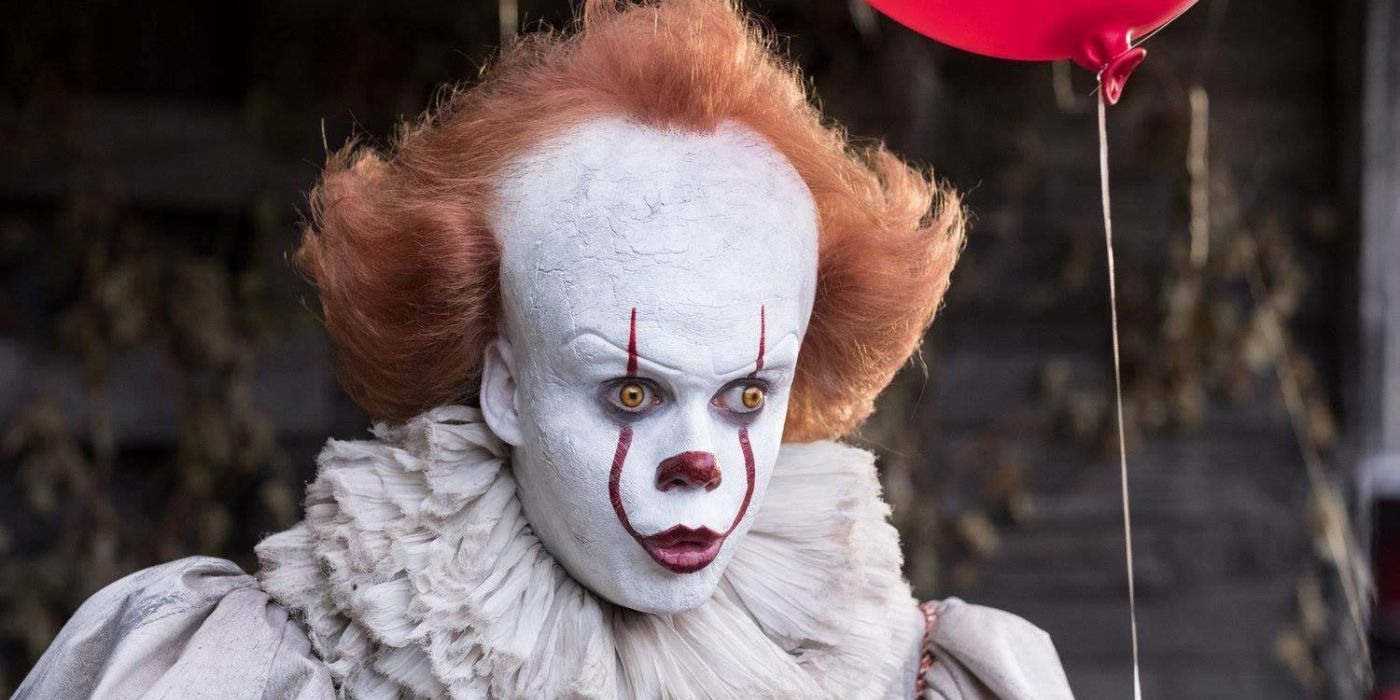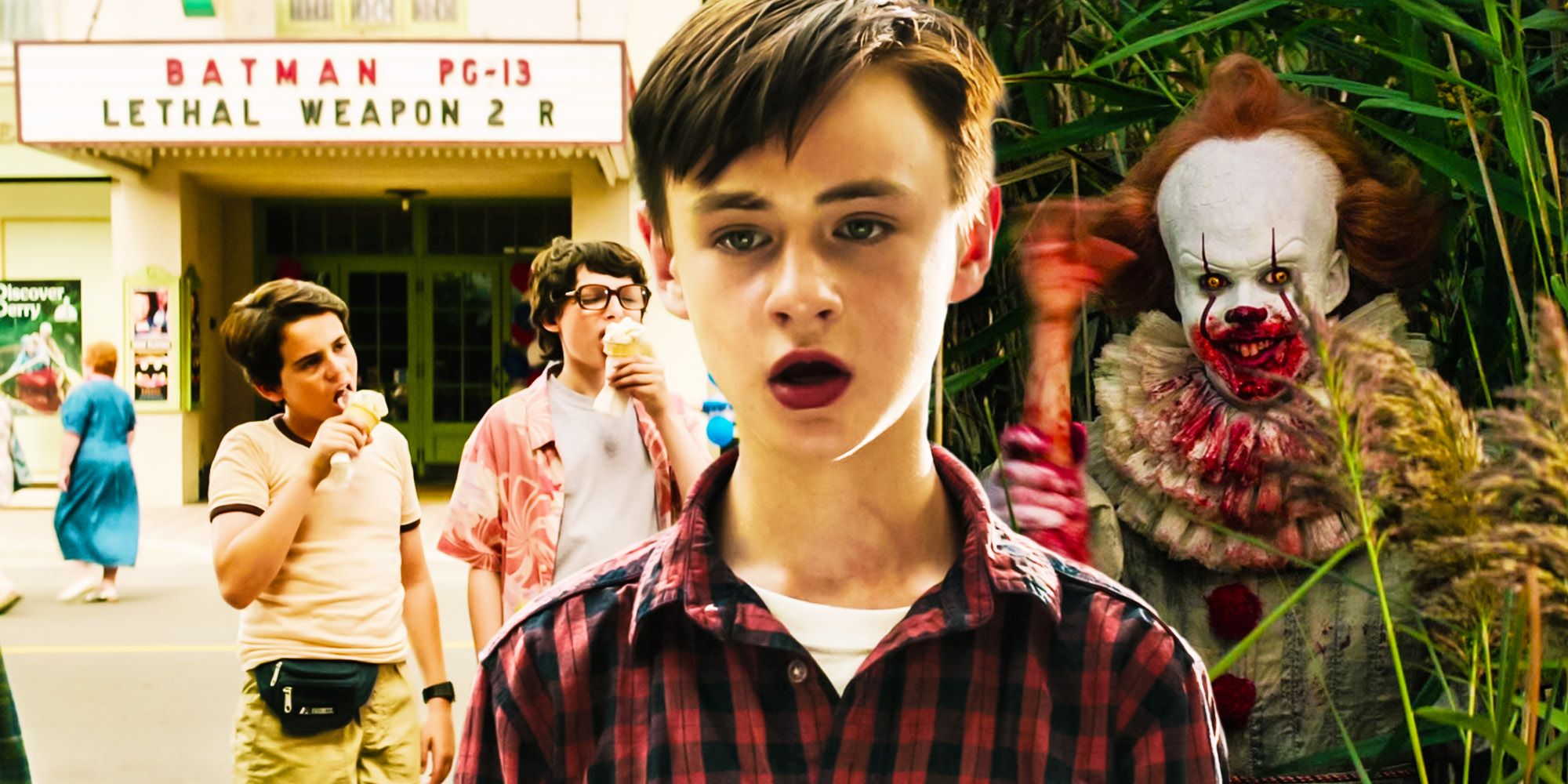
on the other hand, this prequel welcome to delhi It’s set at a different time than its smash-hit predecessor, which may not be a good thing for the Stephen King series.2017 this The movie was a hit as soon as it was released. The two-part Stephen King horror novel adaptation was always expected to do good business, but most commentators failed to predict it. thisThe story of the Losers’ Club pitting Pennywise the Dancing Clown would be a billion dollar success story.
this‘s economic impact even led to a renaissance of horror’s killer clowns. phobia, a terrifying indie with an even deadlier funny as its antagonist. but, thisSuccess with both audiences and critics doesn’t necessarily translate into widespread franchises. this‘s enduring appeal was its deconstruction of ’80s nostalgia. welcome to delhi I’m going missing.
welcome to delhi is this It will focus on Pennywise’s decades of antics before the Losers’ Club reportedly confronted the supernatural.But most of what I made this It achieved great success by deftly deconstructing 80s nostalgia. welcome to delhi You can’t indulge because of the franchise timeline.in the meantime welcome to delhi explainable this(a vaguely defined curse was never properly detailed in a film adaptation), the show’s ’60s setting is welcome to delhi does not share the sharp and astute cultural insights of this movie. 2017 location this and the 1990s this The miniseries portrayed the 80s and 50s as a hotbed of unacknowledged prejudice, welcome to delhi Despite the 60s’ reputation for being relatively bright, it has to convince viewers that it was a decade that was secretly dark.
Why ’80s nostalgia succeeded
Just as the 1990 miniseries seemed nostalgic for the ’50s at first, the early scenes thisThe 2017 adaptation of was nostalgic for the ’80s.favorite stranger things, this It was full of pop culture touchstones, needle drops, and gags about the New Kids on the Block. stranger things (at least until later seasons), this It was also riddled with homophobia, racism, and everything else beneath the hilarious veneer of the era. criticized for nostalgia. Delhi pictured in 2017 thislike the 50’s version of the small town shown in the previous miniseries, is cheerful and sweet suburban Americana on the outside but hides a dark and sinister heart. , The 50s with its racial segregation was similarly portrayed as a two-faced era in the original work. this The mini-series in which a luscious appearance hides a rotten core. The problem with this approach is welcome to delhi Set in a time when social progress really happened, the idealistic image of the decade isn’t entirely wrong.
If “Welcome to Delhi” is set
According to the synopsis, this’s Pennywise-centric prequel series is set in the 60s.This presents a unique challenge for creators of welcome to delhi The 60s, like both the 50s and 80s, were characterized by less noticeable pressure to adapt. While the problems that plagued the previous decade were still pervasive across America (many of them, unfortunately, are still relevant today), the general cultural perception of the ’60s was that , is not the image of a time when progress was superficial. From his hippie movement to his civil rights triumphs to his Beatle mania, much of the culture viewers associate with his 60s is the vapid consumerism of the 80s, the ironic nihilism of the 70s, the Cold War paranoia. Simply put, the 60s are seen as a time of hope (whether this perception is correct or not), and hope is nothing to be afraid of.
Why ’60s horror nostalgia doesn’t work
The reason for pennywise this The spinoff may have picked the wrong decade for its creepy prequel, which is that ’60s nostalgia has nothing to do with secret darkness or hidden history. ‘s nostalgia doesn’t make sense for two reasons. welcome to dareIt’s a chilling story. The first is that nostalgia works in his 30-year cycle (according to Patrick Metzger’s popular theory). This is why the ’90s were so nostalgic for his ’60s (see “Woodstock 99”). 2020s. The second reason is that the ’60s aren’t generally considered (for better or worse) to be his secretly sad decade. The ’50s and his ’80s had obvious economic booms and hidden social vices, but the ’60s had the moon landings, the golden age of pop music, the triumph of civil rights, and free love. .
Not all horror is socially conscious enough that this cultural impression matters, but this The film made a point of deconstructing idealized 80s imagery and using it to highlight how Pennywise escaped living in the town of Derry. Derry’s deliberate decision to ignore the town’s flaws reflected her pop culture’s tendency to ignore the darker side of her ’80s, where inequality, exploitation, and discrimination were rampant. this The film portrayed this as a fatal error, allowing Pennywise to terrorize and kill with impunity. may seem perfectly in line with the spirit of the 1960s. this But there is another problem underlying this idea.
Why Welcome to Delhi Is Too Dark
If Derry was racist, homophobic, and misogynistic enough to allow Al Marsh and Henry Bowers to operate with impunity in the 80s, the place would have been a nightmare twenty years ago. Stephen King’s horror stories never shy away from depicting the atrocities of real-life evil, It: Chapter 2The disturbing depiction of the murder of a gay man was too upsetting, welcome to delhi‘s portrayal of the ’60s can get too dark very quickly. In fact, viewers already know Derry in the ’60s was a terribly hateful place thanks to the mass lynching/perhaps accidental fire that killed Mike Hanlon’s parents. So even before Pennywise arrived on the scene, welcome to delhi It can be a very tough endurance test. therefore, this Prequels paint the 60s as a decade of groovy fun, but Stephen King’s prequels aren’t scary. welcome to delhi Depicting the brutal reality of a decade’s social environment, Pennywise can be overshadowed by real-life horror.

